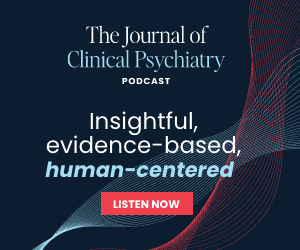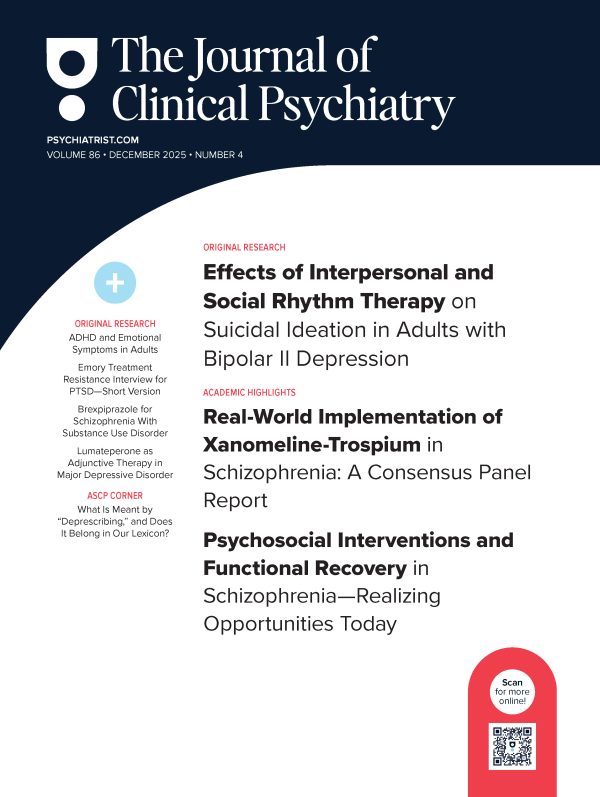Objective: Physical activity and cardiorespiratory fitness may help prevent depression and anxiety. Previous studies have been limited by error-prone measurements. We examined whether self-reported physical activity domains and peak exercise capacity (peakVO2) are associated with incident and recurrent major depressive disorder (MDD), depressive symptoms, and anxiety disorders.
Methods: This was a prospective population-based study of 1,080 adult men and women (25-83 years) with a median follow-up of 4.5 years and measures of physical activity during leisure time, sports, and work (Baecke questionnaire); a measure of depressive symptoms (Beck Depression Inventory II); symptom-limited cycle ergometer testing (peakVO2, oxygen uptake at anaerobic threshold [VO2@AT], maximum power output at peak exertion); and a structured psychiatric interview (Munich Composite International Diagnostic Interview). Baseline data were collected between 2002 and 2006, and follow-up data, between 2007 and 2010.
Results: After adjustment for age, sex, education, smoking, alcohol consumption, and waist circumference, the relative risks for incident MDD per standard deviation (SD) increase in leisure-time physical activity, physical activity during sport, physical activity at work, peakVO2, VO2@AT, and maximum power output were 1.002 (95% confidence interval, 0.90 to 1.12), 1.02 (0.90 to 1.15), 0.94 (0.80 to 1.10), 0.71 (0.52 to 0.98), 0.83 (0.66 to 1.04), and 0.71 (0.52 to 0.96), respectively. PeakVO2, VO2@AT, and maximum power output were associated with recurrent MDD, depressive symptoms, and anxiety. PeakVO2 was more strongly related to the co-occurrence of MDD and anxiety (adjusted odds ratio [OR] = 0.45 [0.24 to 0.84]) than depression or anxiety alone (OR = 0.71 [0.53 to 0.94]).
Conclusions: Greater cardiorespiratory fitness but not domain-specific physical activity was associated with a lower incidence of MDD and clinical anxiety.
Members Only Content
This full article is available exclusively to Professional tier members. Subscribe now to unlock the HTML version and gain unlimited access to our entire library plus all PDFs. If you’re already a subscriber, please log in below to continue reading.
Please sign in or purchase this PDF for $40.00.
Already a member? Login





